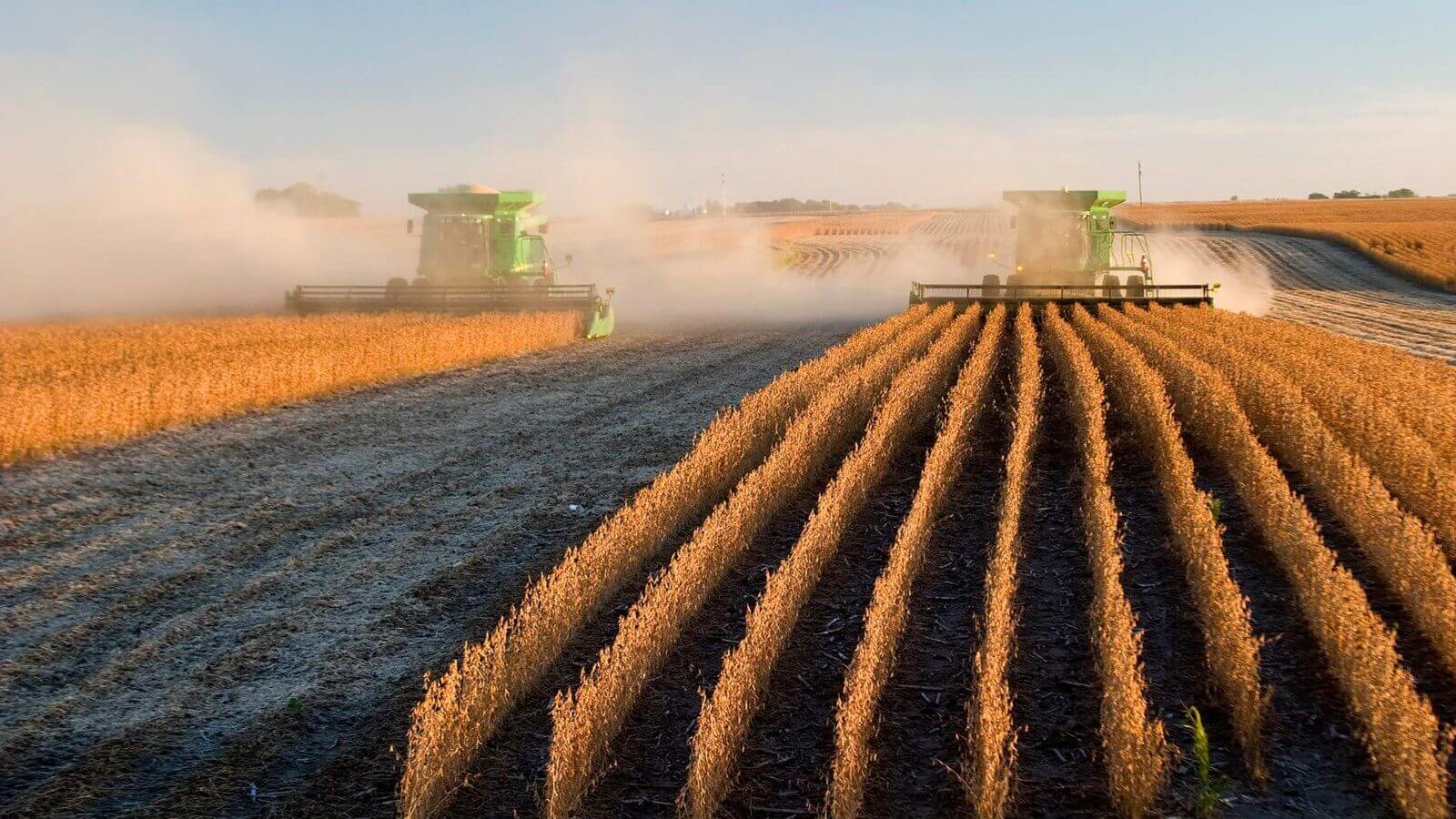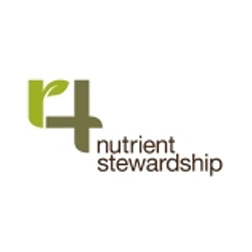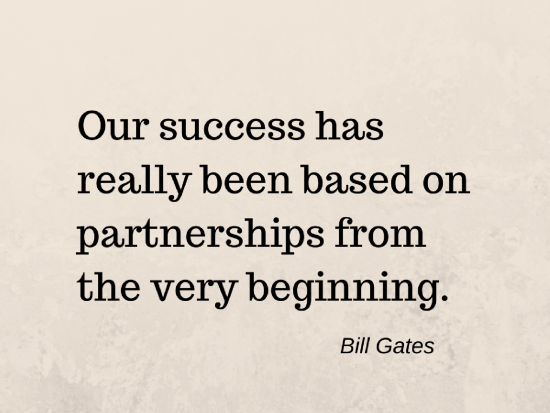The State of Minnesota has laid out the water quality requirements clearly in their Minnesota Buffer Law. The buffer law requires landowners with land along public waters (rivers, lakes, streams and wetlands) to install a 50-foot buffer of perennial vegetation and a 16.5-foot buffer along all public drainage systems. The law also allows for a combination of practices to be used to sufficiently meet water quality goals. If that happens, a buffer may not be needed. The intent of the Minnesota law is to improve water quality. I am on record …
4R’s not enough to achieve ambitious water quality goals
Mark Dorenkamp of the Brownfield Network spoke with Agren CEO Tom Buman about his recent blog post 4Rs Are Not Enough. Tom explains that the 4Rs are a start, but alone they will not reduce nutrient loss to the level required by the Iowa Nutrient Reduction Strategy. Precision conservation practices need to also be considered and applied. Farmers can’t afford to get this wrong. 4 R’S NOT ENOUGH TO ACHIEVE AMBITIOUS WATER QUALITY GOALS By Mark Dorenkamp The CEO of a conservation-focused precision agriculture software company says the 4R …
Pay for Performance
Historically, cost-share has been awarded to farmers on a first come first serve basis, regardless of the environmental outcomes of the conservation practices. But what if the USDA didn’t base payments on the cost of the practice? What if the incentive payment was based on the performance of the practice instead? By paying for performance versus installation costs, farmers (as well as taxpayers) would have a more accurate way to measure their return on investment. Conservation program funds are in high demand in the United States, with the …
The numbers don’t add up
Many people agree that the nitrogen problem is mostly the fault of farmers, especially since current environmental models demonstrate that agriculture is responsible for 70% of the nitrogen and phosphorus load delivered to the Gulf of Mexico. I could easily be convinced to go along with this narrative. But before piling on farmers, I wanted to take a look at the numbers. Let me share with you what I discovered and the story the numbers actually tell. As I was looking into the nitrogen numbers, I formed my own baseline – that upper Midwestern …
Relationships are a funny thing
In the spring semester of 1981, I was a junior majoring in agronomy, at Iowa State. As a student, I was looking for work experience; the kind that was supposed to determine my career choice. After hearing of a possible summer job in the corn breeding department, I met with Dr. Ted Crosbie. On the spot, Dr. Crosbie offered me a job on his crew. I had no idea what I would be doing, but I accepted - I needed a summer job. Looking back now, it all seems so strange. I was a young kid focused on soil science, but accepting a job in corn …
The Greatest Generation
It was an extraordinary time to be a new employee of the Soil Conservation Service in 1982. The field offices were staffed and trained with a new crop of conservationists. It is this generation who I consider to be the greatest generation of soil and water conservationists. The individuals hired by the agency in the years 1970–1980 were special. They were people like my supervisor, Warren Johnson; a farm kid with a deep respect for agriculture and a passion for conservation. Warren knew how to listen to farmers and how to talk …






